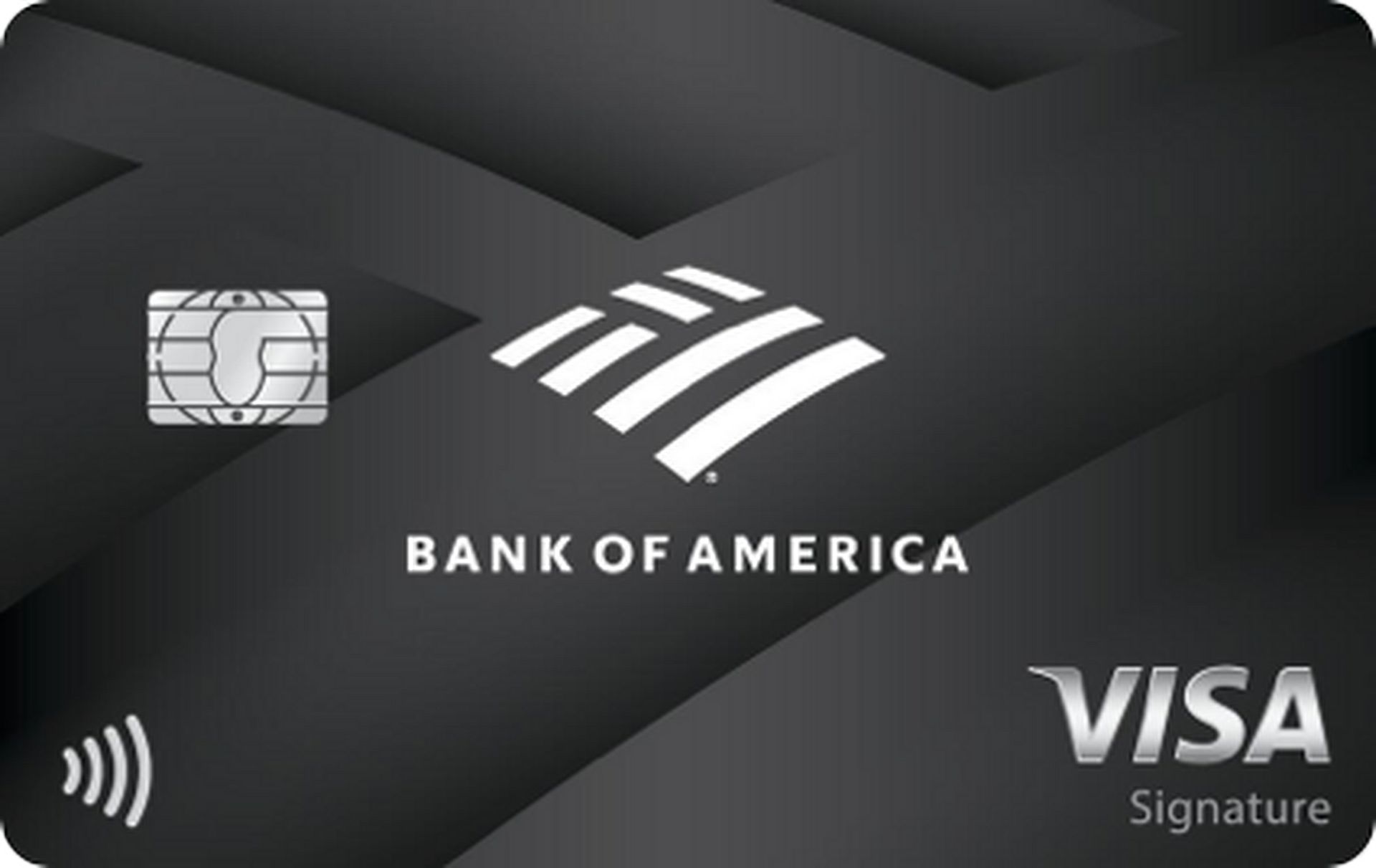Keeping our personal information safe is really important. But sometimes, even big companies like Bank of America can face problems. Recently, there was a data breach at Bank of America, which happened because of a problem with one of its service providers, Infosys McCamish Systems. This breach is a reminder that cyberattacks can happen to anyone, and we need to understand what happened, what it means for us, and what we can do about it. Let’s take a closer look at the Bank of America data breach and what it teaches us about staying safe online.
Breaking down the Bank of America data breach
The Bank of America data breach represents a significant cybersecurity incident that occurred due to a breach in one of its service providers, Infosys McCamish Systems (IMS). This breach resulted in unauthorized access to sensitive customer information, highlighting the vulnerability of even major financial institutions to cyberattacks.

Here’s a detailed breakdown of the Bank of America data breach:
- Origin and nature of the Bank of America data breach: The breach originated from a cyberattack on Infosys McCamish Systems, a service provider for Bank of America. While Bank of America’s own systems were not directly compromised, the breach occurred within the infrastructure of IMS.
- Timeline: The exact timeline of the breach may vary, but it was confirmed to have occurred within the past year preceding the public announcement. It’s essential to note that breaches of this nature often involve sophisticated tactics by cybercriminals, making detection challenging.
- Attack vector: The Bank of America data breach was likely the result of a ransomware attack, with the LockBit group being implicated as the responsible party. Ransomware attacks typically involve malicious software that encrypts data, demanding a ransom for its release. In this case, the attackers gained unauthorized access to IMS systems, potentially through various means such as phishing attacks or exploiting vulnerabilities in the system.
Threat Actor: LockBit
Ransomware Victim: Infosys McCamish
Date: 2023-11-04
Note: Allegedly, #LockBit has named #InfosysMcCamish as a victim. #Ransomware #StopRansomware #DarkWeb #DarkWebInformer #Leaks #Leaked #Cyberattack pic.twitter.com/Gx11qO6Gwc— Dark Web Informer (@DarkWebInformer) November 4, 2023
- Scope of the breach: The Bank of America data breach impacted customer data related to deferred compensation plans serviced by Bank of America. This included a wide range of sensitive information, such as full names, social security numbers, addresses, dates of birth, and financial account details, including account and credit card numbers. Given Bank of America’s extensive customer base of approximately 69 million clients across the United States and over 35 countries, the scope of the breach is considerable.
- Response and mitigation efforts: Bank of America responded promptly to the breach, initiating investigations in collaboration with external experts and law enforcement agencies. The bank is also taking measures to notify affected customers and may offer additional services like credit monitoring or identity theft protection to mitigate potential damages. Additionally, affected individuals are encouraged to monitor their accounts for suspicious activity, review their credit reports for inaccuracies, and consider implementing measures such as credit freezes and two-factor authentication for added security.
The Bank of America data breach underscores the ongoing threat posed by cyberattacks and the critical importance of robust cybersecurity measures. It serves as a reminder for financial institutions and individuals alike to remain vigilant and proactive in protecting sensitive information from cyber threats. As technology continues to evolve, so too must our defenses against malicious actors seeking to exploit vulnerabilities for financial gain.
In summary, the Bank of America data breach highlights the ever-present risk of cyberattacks in today’s digital landscape. It underscores the need for constant vigilance and proactive cybersecurity measures to safeguard sensitive information and protect against future breaches.
Do you know the Mother of All Breaches (MOAB)? Visit the related article and explore now!





